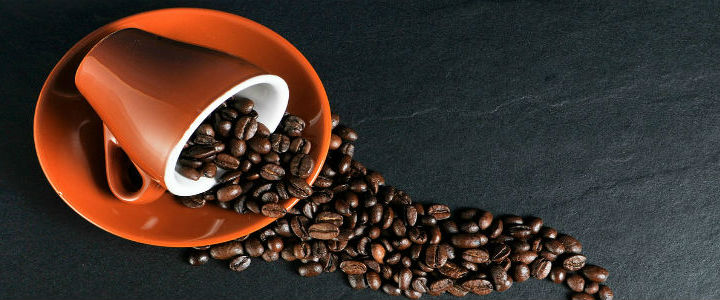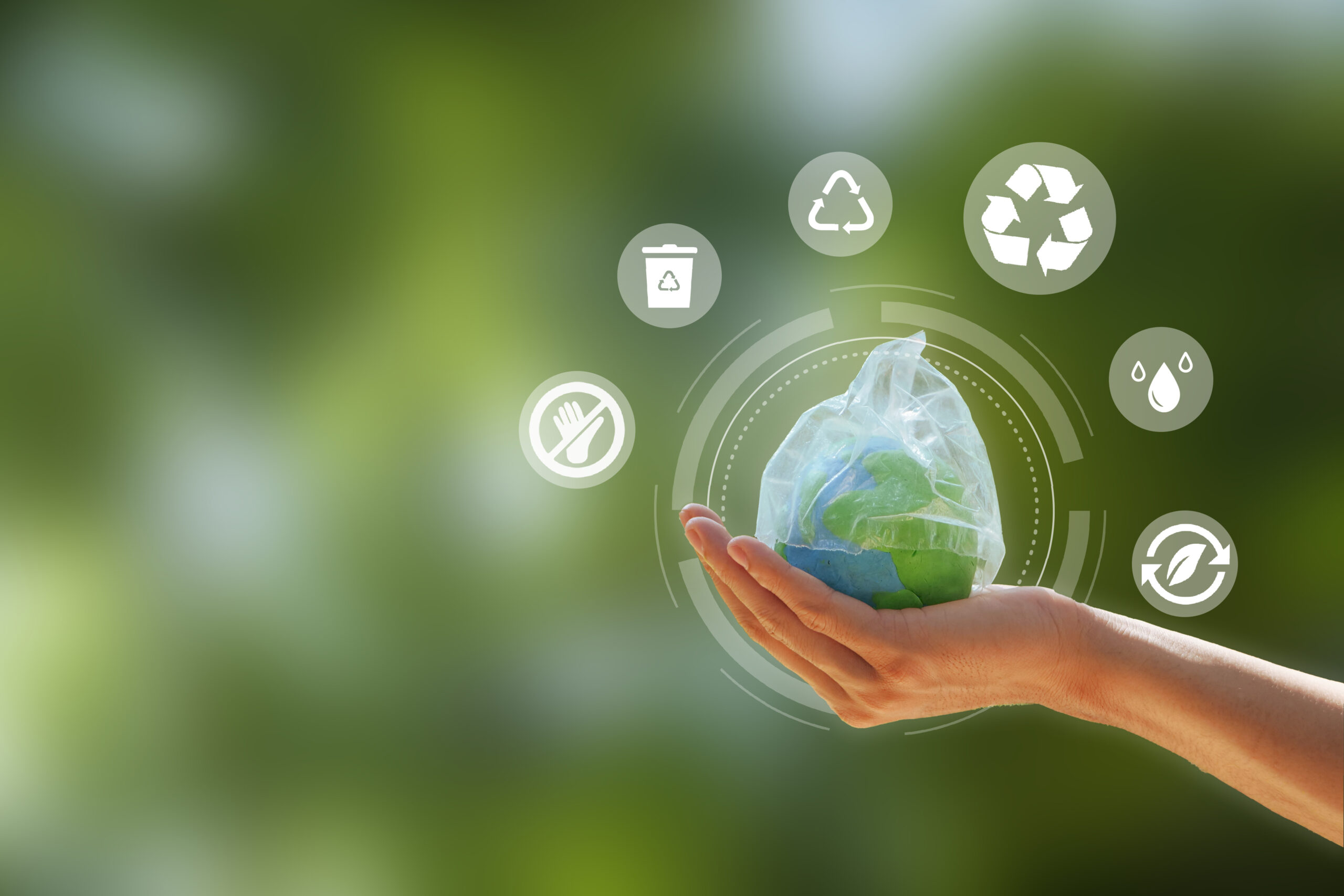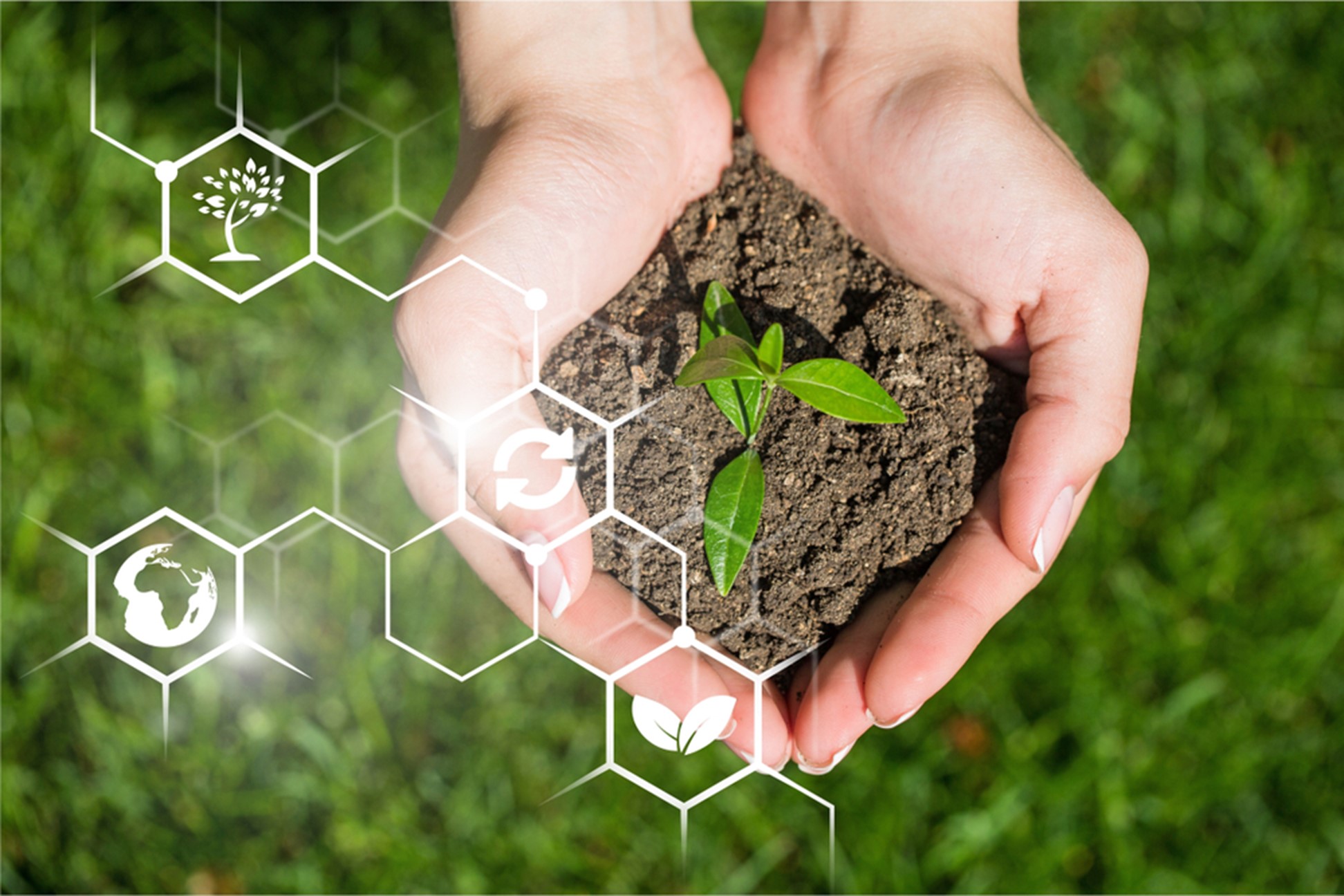Enjoy Your Coffee Whilst Taking Care Of The Planet
Coffee is lovely and delicious. Most people wake up in the morning, grind the coffee, put the grounds in the machine, and only then head to the bathroom. They need coffee in the morning to jump-start their day. Due to regular coffee drinkers, coffee consumption has seen an enormous increase in the past two decades. Earlier, the majority of the population would drink tea. Now, however, the younger generation (especially students) drink coffee like it’s water.
While coffee seems like the most extraordinary thing for mankind, it does have an environmental impact. It starts with how it is grown, the loss of biodiversity, and goes on to energy consumption and caffeine waste.
What Are The Environmental Effects Of Coffee?
Biodiversity Loss and Deforestation: The increase in demand for coffee has led to a rise in production, which means a sharp rise in deforestation to make coffee plantations under direct sunlight. Sun-grown coffee increases a loss of habitat for birds that are native to the coffee belt region.
Energy Use: Cultivation equipment, pesticides, and fertilizers directly affect the cultivated area and result in a deadly environmental impact. Energy is used in brewing coffee – traditional drip pot, instant, French press, or pods. Energy is also wasted when people brew a fresh pot in the morning and keep it on ‘warm’ mode. Pod brewing systems also use a lot of energy to keep the water hot for the next user.
Plastic and Caffeine Waste: Most pods end up in waste landfills. Caffeine is also known to contaminate water sources (especially around cities with a high coffee consumption rate). Waste of coffee and its grounds also accounts for a percent of contamination in sewage water.
Treatment of sewage water can remove nearly 90 percent of the caffeine before it flows into natural waters.
Water Use: Water usage and wastage contribute to the most considerable environmental effect of coffee. Coffee is one of the most significant contributors to the water footprint in the world. If you calculate it (overall), to produce a single cup of coffee, nearly 200 liters of water is used.
How To Enjoy Your Coffee Responsibly?
Use Reusable Coffee Cups:
Avoid using plastic cups. Instead, use coffee cups that are reusable. Reusable coffee cups help reduce the waste from single-use cups, Styrofoam, and other cups used in takeaway coffee. Most people prefer purchasing coffee on their way to work or college and drink during transit in the UK.
Carrying a reusable coffee cup helps decrease waste each day. Many coffee shops also offer discounts to people who get their own cups since you would not be paying for the use of the branded cup, only the coffee. If you are a business as well you can do your bit and promote your company at expos and trade shows through the use of branded coffee cups that are reusable.
Brew Responsibly:
Brewing coffee is a joy and art. Instead of using pod machines (even though they are exciting), you could opt for a French press. There’s no harm in going traditional. The French press produces less waste than a new-age coffee pod machine. While we understand that coffee pods are the new craze, the pods end up in landfills and do not get recycled easily. Instead, they will continue polluting the environment for a long time and causing more harm.
Reuse Coffee Grounds:
There are several ways you can reuse your coffee grounds.
Compost: Coffee grounds are rich in nitrogen, which is excellent for plants. Make a coffee compost with one part grass clippings and one part coffee grounds. You should avoid using fresh grounds and instead wait for a complete breakdown before you can use them as compost for your plants.
Exfoliate: Did you know people pay money to use coffee scrubs? Use one part olive oil and one part coffee grounds to make an organic exfoliator for the skin. Coffee grounds help remove dead skin, while olive oil works as a moisturizer and leaves your skin feeling healthy, pink, and fresh.
Freshener: If you have an unused bathroom, you could make a mixture of used coffee grounds in filter paper and place it in the bathroom. Doing this helps erase the musty and old smell of unused rooms. You can use the coffee grounds as an odor absorber by placing them in a filter at the bottom of the kitchen bin. Coffee grounds neutralize odors and help keep the kitchen smell-free.
Clean Dishes: Coffee grounds work excellently as abrasives. Just like the skin exfoliant, coffee grounds can also be used on dirty dishes. You can place the grounds inside a cleaning rag and secure the cloth with some rubber bands. Doing this helps make a coffee sponge.




















